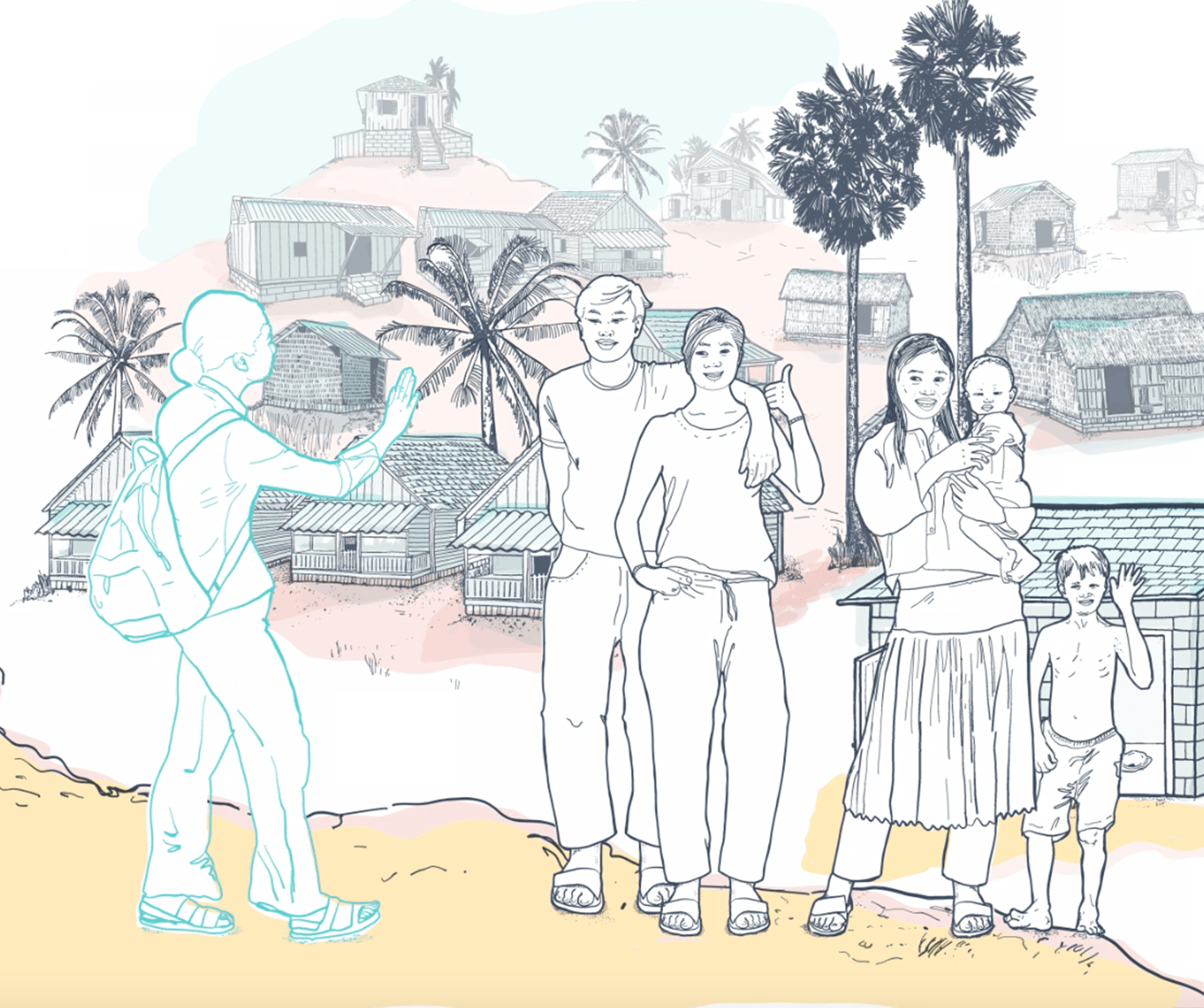A lack of appropriate locally available and affordable options means some facilities do not fulfil the requirements needed to climb onto the first rung of the sanitation ladder.
This is a book chapter taken from Sustainable Sanitation For All: Experiences, Challenges and Innovations.
This chapter is based on the findings of a cross-sectional study which investigated the high rate of reversion to open defecation (OD) in Sidama, southern Ethiopia. Collapsing toilets, and the lack of availability of durable and affordable toilet options and materials for construction on the market were identified as key reasons for this reversion.
The study identified the importance of formative research to identify community needs, financial capabilities, and availability of sanitation technologies, and encouraging successful local innovations as key lessons for sustainability of open defecation free (ODF) status.







